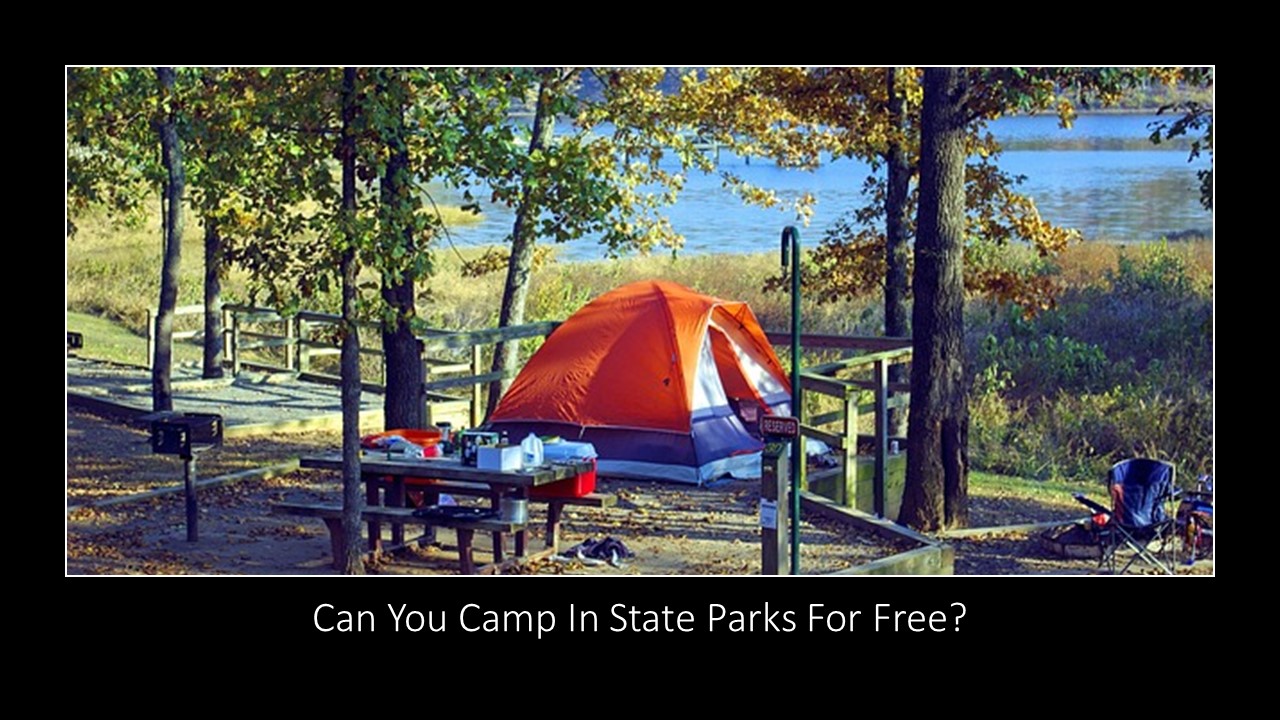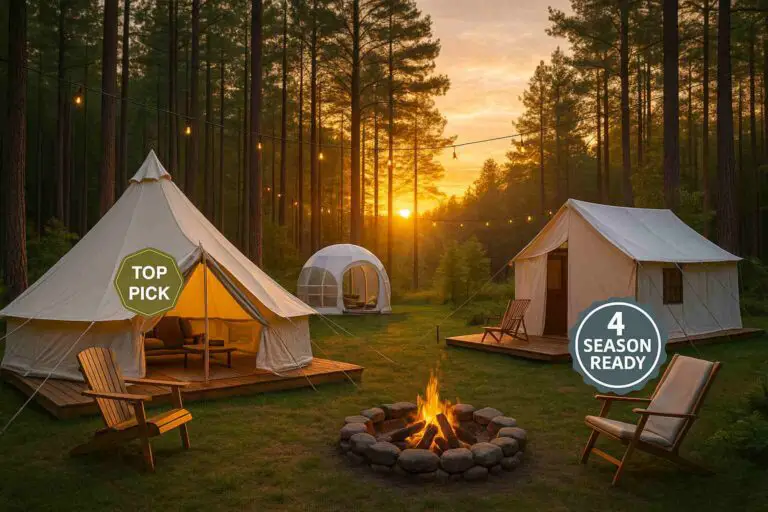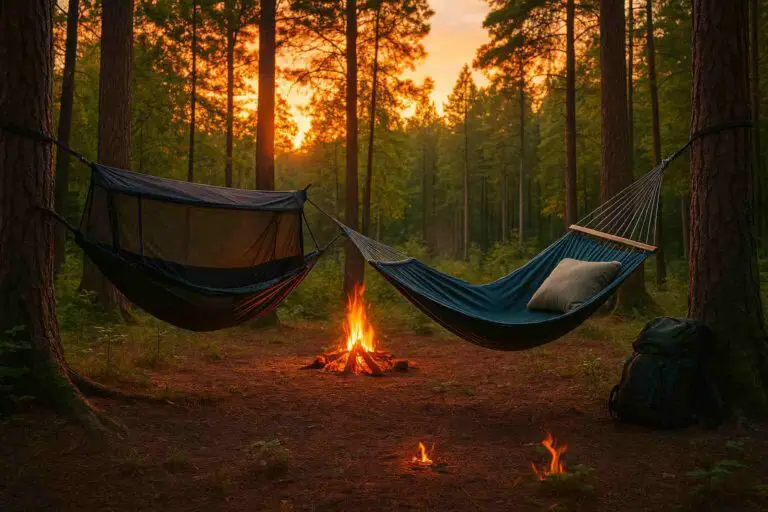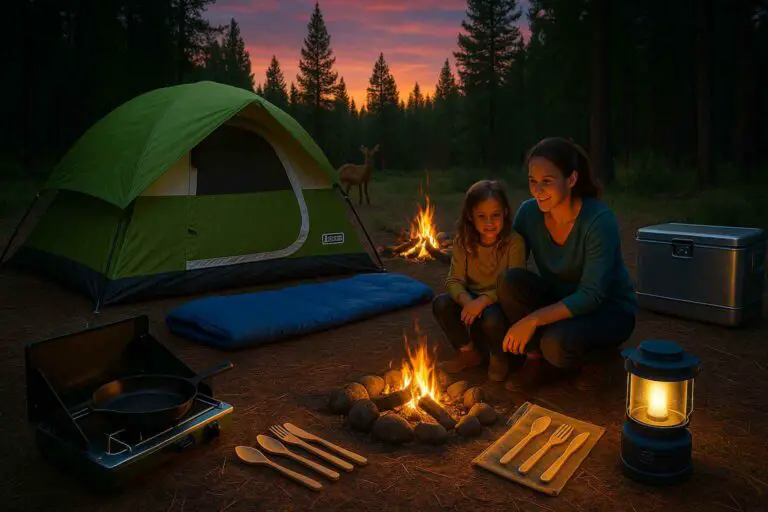State parks are an excellent way to enjoy nature and the great outdoors, offering breathtaking scenery, hiking trails, and opportunities to enjoy a range of outdoor activities. One of the most popular activities to partake in at state parks is camping. However, camping fees can add up quickly, leading many people to wonder if it’s possible to camp in state parks for free.
The answer to whether or not you can camp in state parks for free varies depending on the state and the specific park. While some states do offer free camping in select state parks, it is not the norm. Most state parks charge a camping fee, which varies by location and amenities.
In this post, I’ll explore the options for free camping in state parks, as well as alternatives and tips for making the most of your state park camping experience.
What is a state park?
A state park is a protected area of land managed by a state government to preserve natural, cultural, and recreational resources. State parks often feature unique geological formations, rare plants and wildlife, historical sites, and opportunities for outdoor activities such as hiking, camping, fishing, and boating.
The State parks may also offer amenities such as picnic areas, playgrounds, and visitor centers. State parks are typically funded through a combination of government funding, entrance fees, and camping fees. They are open to the public and are designed to provide opportunities for outdoor recreation and education while protecting natural resources and wildlife.
Can you camp for free in state parks?
The availability of free camping in state parks is dependent on the state and park in question. Although a few states offer free camping in some state parks, it’s not a common practice. In most cases, state parks require a camping fee that varies according to location and the amenities offered.
However, there are alternatives to free camping in state parks. Many state parks offer discounted rates for certain groups, such as veterans or senior citizens. Additionally, Bureau of Land Management (BLM) land often allows for free camping, and dispersed camping is an option in some areas.
It’s important to note that even if free camping is allowed in a state park, there may be limitations on the length of stay, location, and amenities. It’s also important to follow all rules and regulations to ensure that you’re not breaking any laws or damaging the environment.
Overall, while it is possible to camp for free in some state parks, it’s not the norm. It’s important to do your research, plan ahead, and be prepared to pay for camping fees or consider alternative options.
Alternatives to free camping in state parks
Several alternatives to free camping in state parks can be considered, including:
- Paid camping options. Many state parks offer paid camping options that may include amenities such as electrical and water hookups, showers, and restrooms. These fees vary by park and amenities offered.
- Bureau of Land Management (BLM) land. BLM land often allows for free camping, although regulations and restrictions may vary by location. It’s important to research the specific BLM land you plan to camp on to ensure that camping is allowed and to understand any rules or restrictions.
- Dispersed camping. Dispersed camping is camping outside of designated campgrounds and is often allowed in national forests and other public lands. However, rules and restrictions vary by location, so it’s important to research the area and any regulations that apply.
- Private campgrounds. Private campgrounds are another option for camping and often offer amenities such as electrical hookups, showers, and restrooms. These campgrounds may be located near state parks or other outdoor recreation areas.
- RV parks. If you have an RV, there are many RV parks located throughout the country that offer amenities such as electrical and water hookups, showers, and restrooms. These parks may be located near state parks or other outdoor recreation areas.
It’s important to do your research and plan ahead to find the camping option that best suits your needs and budget.
Tips for camping in state parks
If you’re planning on camping in a state park, here are 6 tips to help make your experience enjoyable:
- Make reservations. Many state parks require reservations for camping, so be sure to check the park’s website or call ahead to make a reservation. This will help ensure that you have a spot and that you’re not turned away upon arrival.
- Check park regulations. Each state park has its own set of rules and regulations, so it’s important to familiarize yourself with them before you arrive. This may include rules on noise levels, campfires, and pets, among others.
- Plan for the weather. Check the weather forecast before you arrive and be prepared for any conditions. This may include packing appropriate clothing, shelter, and gear.
- Respect the environment. Leave No Trace principles to apply to camping in state parks. Make sure you pack out all trash, respect wildlife, and avoid damaging vegetation.
- Bring appropriate gear. Make sure you have all the necessary gear for your camping trip, including a tent, sleeping bags, sleeping pads, and cooking equipment. Some state parks may offer amenities such as fire rings, but others may not, so be sure to check ahead of time.
- Be prepared for emergencies. Accidents can happen, so it’s important to be prepared. Bring a first aid kit and know where the nearest hospital or medical facility is located.
By following these tips, you’ll be well prepared for your state park camping trip and can focus on enjoying the great outdoors.
Conclusion
State parks offer wonderful opportunities to enjoy nature and the outdoors, including camping. While it’s not the norm to camp for free in state parks, there are alternatives and discounts available. It’s important to do your research, plan ahead, and be prepared to pay camping fees or consider alternative options. Additionally, it’s crucial to follow park regulations, respect the environment, and be prepared for emergencies.
By keeping these tips in mind, you can have a memorable and enjoyable camping experience in a state park while also preserving the beauty and natural resources of these special areas. So, pack your gear, make your reservations, and get ready for an adventure in one of America’s many beautiful state parks.
If you are lacking ideas for your next camping trip, here are 60+ ideas for a memorable camping adventure!








